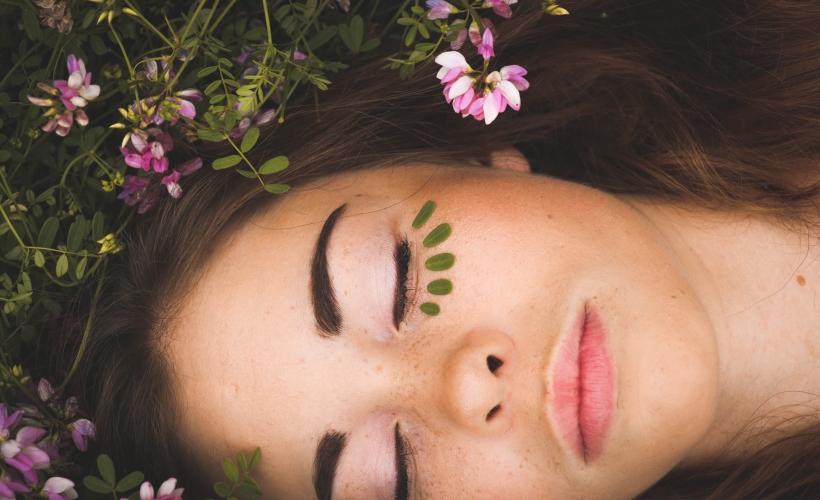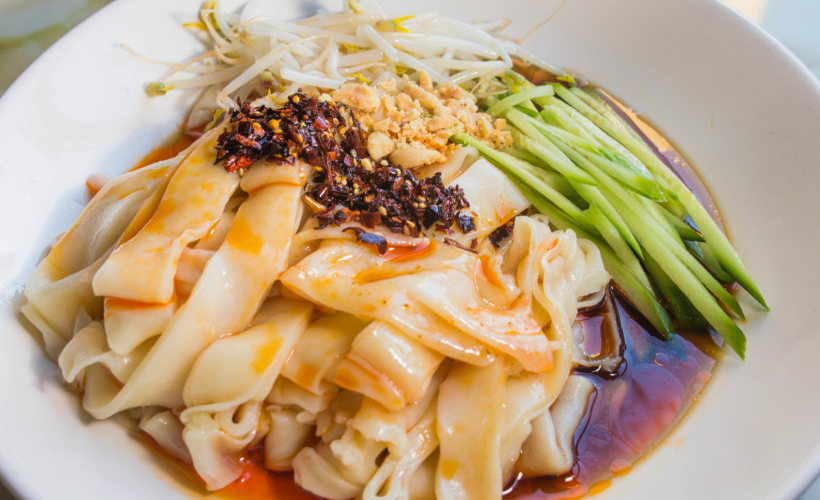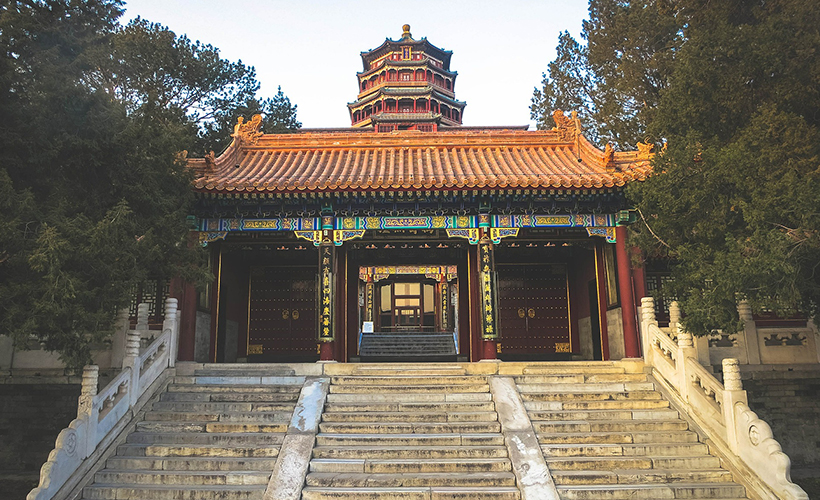
When people think of visiting Beijing, China, they often think of conquering The Great Wall’s many steps or soaking up the history of Tiananmen Square. Besides these iconic locations, if ever you get the chace to go to China’s capital, pay the Summer Palace — a stunning lakeside retreat built for royalty — a visit.
True to its name, the best time to visit the Summer Palace is during the summer. The lake is frozen during winter time, making boat rides here impossible.
The Summer Palace is also protected by the government, leaving its original design and landscape preserved. It’s the largest palace of its kind in China, and the perfect escape from the bustle of the city, despite being only 15 kilometres from central Beijing.
A visual feast
Beijing’s Summer Palace is an impressive work of art that pays tribute to centuries-old Chinese landscape garden design, earning it a spot on UNESCO’s World Heritage list. Expect to see lush flora accompanied by open water mingling with pavilions, halls, temples, bridges, and of course, a beautiful palace complex.
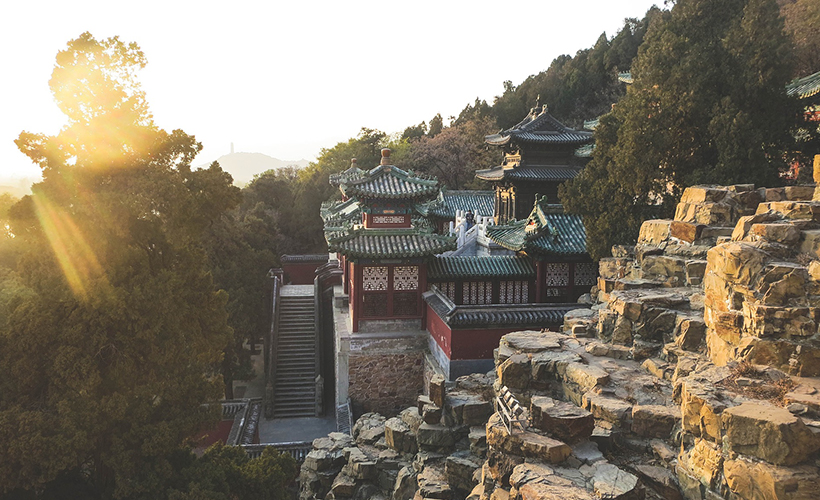
This royal abode was commissioned in 1750 by the Qianglong Emperor. It was destroyed by the Anglo-French Allied Forces during the second Opium War in the 1850s and rebuilt in 1886. In 1888, the Summer Palace was given its present-day Chinese name, Yiheyuan, and became the summer resort for the Empress Dowager Cixi. The palace was again destroyed during the Boxer Rebellion in 1900 by the Allied Forces and rebuilt in 1912. It finally opened to the public in 1924.
The highlights
There are a number of attractions at the Summer Palace. Can’t say that this is surprising, considering how it covers about 300 hectares of land. If you don’t have much time here, consider doing some research prior to your visit, to whittle the must-see list down to what’s manageable.
The Court Area is near the East Palace Gate and houses the buildings where Empress Dowager Cixi and Emperor Guangxu conducted government business. Here, visitors will find the Garden of Virtue and Harmony — a three-storey theatre where famous Beijing Opera actors performed for the Empress Dowager. There are numerous precious articles used by emperors and empresses and gifts presented to them displayed here.
While the Summer Palace has been constructed over a sprawling area, Kunming Lake spans over 75 per cent of the park. The lake houses the famous Seventeen-Arch Bridge and even has three small islands within it — Nanhu Island, Zaojiantang Island, and Zhijingge Island. The bridge is 150 metres long and looks like a rainbow across the lake.
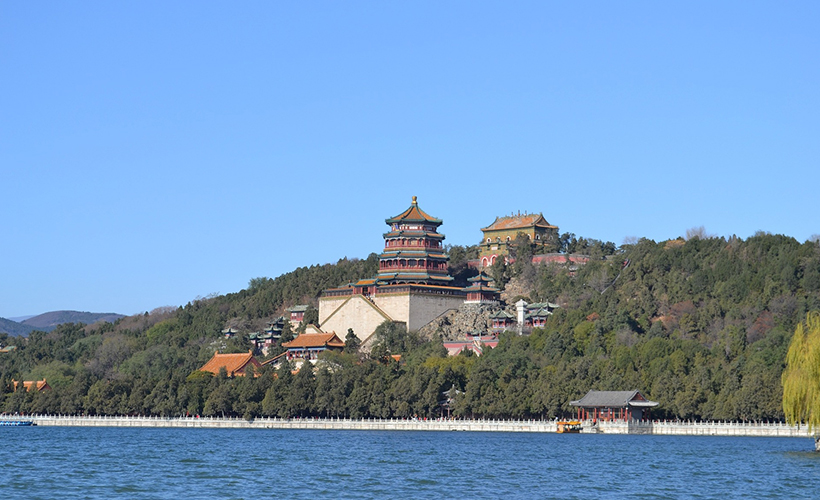
The Long Corridor can be found beside the lake. Stretching from the Hall of Joy and Longevity (the living quarters of the Empress Dowager) to the Shizhang Pavilion, the colonnade is replete with beautiful paintings on the ceiling, often competing with its spectacular views.
For more architectural marvels, Longevity Hill features intricately-decorated gates, halls, and temples in Han and Tibetan styles. With a Buddhist temple on the peak, a visit here offers the opportunity to engage in spiritual contemplation.
Finally, the Back Hill’s Suzhou Market Street can only be reached by boat, and was frequented by Emperors and their concubines who pretended to shop — everything was brought to them by servants. Meanwhile, the only Western-style structure in the park is a marble boat with colourful windows and wheels and paved with coloured bricks. So do keep an eye out for that too.

